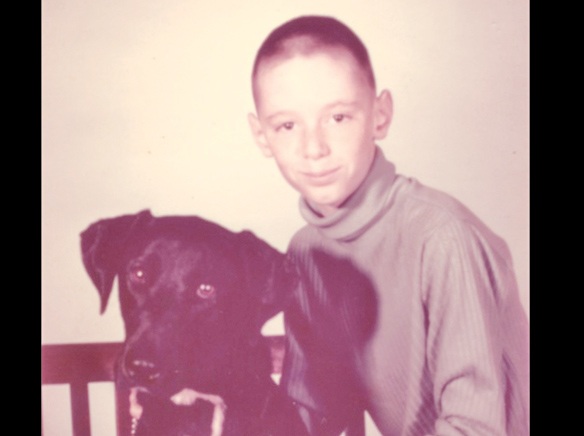Editor’s note: This article was originally published on Sept. 14, 2018. It was recently updated with the current phone number for the National Suicide Prevention Lifeline.
National Suicide Prevention Week ended Saturday, Sept. 15, 2018. A former colleague of mine at another paper lost his brother to suicide. Every year, he reminded his readers that it is important to let people know how much they are loved.
It’s not a subject people like to talk about, as if our silence will make it go away. I once had an editor who opposed putting the suicide prevention hotline in our paper because he feared that just reading the name of the hotline would inspire a suicidal act. To be fair, media-inspired suicide clusters have been documented. His concern was reality based, even if I think holding back the suicide prevention hotline was an over-reaction. It seems to me people struggling with suicidal thoughts are suffering in silence and that silence gives aid and comfort to their enemy.
My job doesn’t allow me to pretend the problem doesn’t exist. Every year there are suicides and suicide attempts in the logs that the police release to the media. We cover them under narrow circumstances that does not apply to all cases. According to the Seal Beach Police Department, there were four suicides in Seal Beach in 2017. I don’t believe any of them made the news. Examples of suicides I’ve actually covered during the past 13 years include a man who shot himself behind the wheel of a boat that drifted near the Seal Beach Pier.
Admitedly, it is not a subject I like to write about—I prefer birth notices to obits and City Council meetings to robberies. I’ll argue against covering a suicide if I think covering it is ill-advised. Fortunately, most of my editors during my career have shared my belief that specific cases need to be covered with caution. I always worry that improper coverage of a suicide might influence troubled individuals to attempt to take their own lives.
Confession: my concern is both professional and personal. I battled suicidal thoughts when I was a teenager. I’m 57 now.
At 14, I prevailed my fight with a heart defect that had threatened to kill me a few times and about that time I acquired a part Lab part something else named Lucy. About three-and-a-half years later, I was fighting clinical depression. Of all the struggles of my life—having cancer and having a violent person’s arm wrapped around my throat—clinical depression stands out as the worst. I focused daily on getting through the next two or three hours … and the next two or three hours after that … until, at about 2:30 a.m. or so, I drifted off to sleep until about sunrise—for 365 days a year for about three years or so. On too many nights, while I was doing the dishes, there came a moment when I seriously considered applying the serrated blade of a soapy steak knife to my wrist. More than once, Lucy padded into the kitchen, curled up at my feet, draped her nose across my left foot and gazed at me with the saddest, most beseeching eyes you ever saw. I often wonder how many people are tethered to life by a pet’s devotion. I also wonder how the dog knew there was a problem when my parents and teachers didn’t.
Eventually, a school mate—a 14-year-old boy—politely encouraged me to get professional help. I went to my father and got that help. There’s no shame in reaching for help if you need it or offering it to someone you think might be in trouble.
Years passed. I got better. Lucy grew old. When Lucy’s time came, I took her to the vet. She was there for me when it was my time to stay; I had to be with her when it was her time to go.
The Suicide and Crisis Lifeline is 988.
Charles M. Kelly is the associate editor of the Seal Beach Sun.




